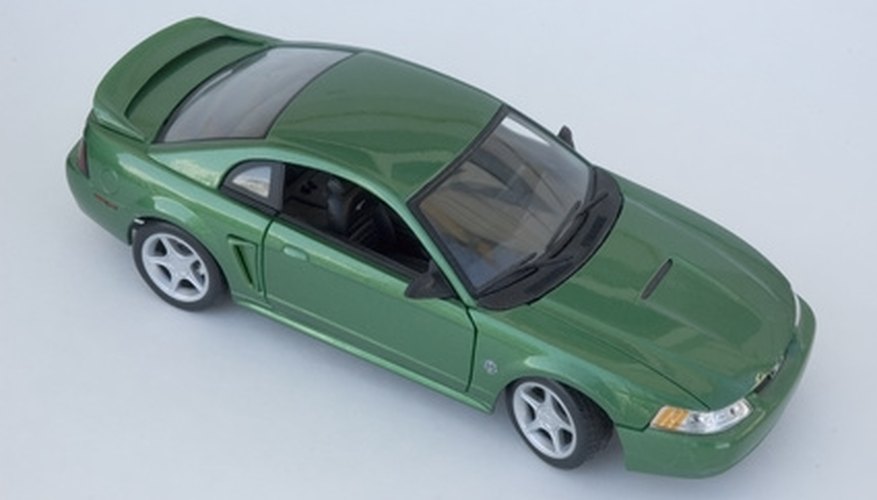When a car overheats or the coolant level is low, immediate steps should be taken to remedy the situation to prevent further engine damage. If high quality engine coolant is not available, makeshift coolant can be substituted temporarily. Engine coolant is make primarily from water and ethylene glycol (antifreeze), but there are additives that one cannot be sure about in making a homemade coolant, so using this makeshift option should not be permanent. It is always a good idea to take vehicle concerns to a professional when in doubt.
- When a car overheats or the coolant level is low, immediate steps should be taken to remedy the situation to prevent further engine damage.
- Engine coolant is make primarily from water and ethylene glycol (antifreeze), but there are additives that one cannot be sure about in making a homemade coolant, so using this makeshift option should not be permanent.
Remove the engine coolant reservoir cap.
Measure 1 cup water and pour through the funnel into the coolant reservoir.
Measure 1 cup antifreeze and pour through the funnel into the coolant reservoir.
Look at the reservoir and see if the coolant level is between the minimum and maximum line markings. Add equal amounts of water and antifreeze until the reading is correct.
Replace the engine coolant reservoir cap.
Carry water with you in your car until you get your car serviced by a professional in case more coolant is needed in an emergency. Add a small amount to the reservoir if needed and take to a mechanic. Do not rely on this homemade coolant for very long.
WARNING
Homemade engine coolant should only be used in a pinch. It is better than letting your car overheat, but it not a replacement for a quality coolant.
